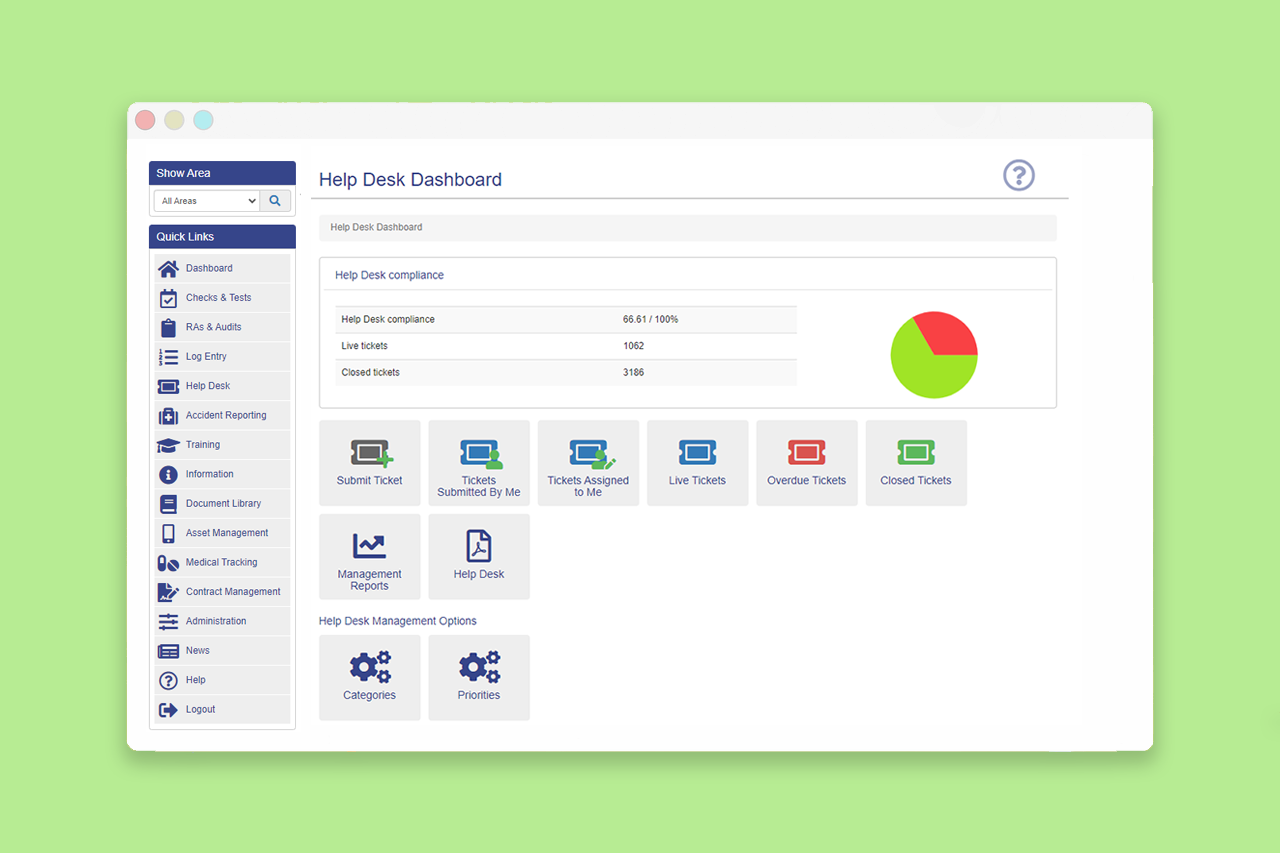Home / News / Can Office Lighting Affect My Workers?
Can Office Lighting Affect My Workers?

Professional environments can have significant effects on workers with factors such as productivity, concentration, mood and even health at risk. Environmental factors can include temperature, space, air quality and lighting. Lighting is often an overlooked issue but it can be hugely influential to an employee and an overall workplace environment. We will take a look at how lighting can affect workers and what the best solution may be to combat this.
Brightness
It may seem like an obvious point but different activities require different levels of brightness. The problem with this is that many workplace environments offer a standard brightness level, regardless of the work which is being completed. Work which requires high levels of concentration e.g. manufacture is going to require a different type of lighting to standard office work. Working under dim lighting can have a variety of drawbacks, especially if the work requires concentration. Under these circumstances the eyes are forced to work harder which can lead to strain, headaches, drowsiness and eventually a lull in productivity.
The solution to this particular problem is simple- tailor your lighting to the job at hand. Introducing dimmer switches will allow you to offer a range of different brightness levels and will offer a certain degree of control to employees.
Natural vs. Artificial
One of the main consequences of working indoors is the necessity of artificial lighting. Natural lighting can have biological and psychological effects on the body, for example when we are exposed to natural light the body realises its daytime and we feel awake and alert. This same cannot be said for artificial lighting which can confuse the body. As well as affecting alertness, it has been shown that artificial lighting can negatively affect mood, the immune system and even the endocrine system.
Combating this problem can be difficult as space comes at a premium and only so many windows can be installed within a building. Fortunately there are ways in which to get around this issue. For example introducing mirrors within strategic places can help to bounce natural light throughout the workplace. You could also consider basing a meeting place, such as a water cooler or eating area within a part of the building which receives lots of natural light. This way employees will be periodically exposed to this type of light, if only for a short amount of time. This is an incredibly important issue for business owners, as it has been shown that exposure to natural light and overall productivity are inextricably linked.
Type
Due to location or orientation, some buildings have very little natural lighting, if any at all. When this is the case, artificial lighting is the only option and so choosing the right type becomes pivotal. Fluorescent lighting is a popular choice due to its energy efficiency and cheap running costs but it can be unforgiving in a working environment. LED bulbs are often a better option as they are available in a wide range of colours and brightness’s. They can also be connected with a phone or tablet and controlled via Bluetooth. This way, the colour and brightness of these lights can be changed at the tap of a button, offering a greater degree of versatility for working environments.
Utilising a variety of different lighting types could be the best solution. Mimicking natural light involves more than a standard overhead bulb. Placing lights within alcoves or even under desks can create a much more comfortable atmosphere and therefore more favourable working conditions.



